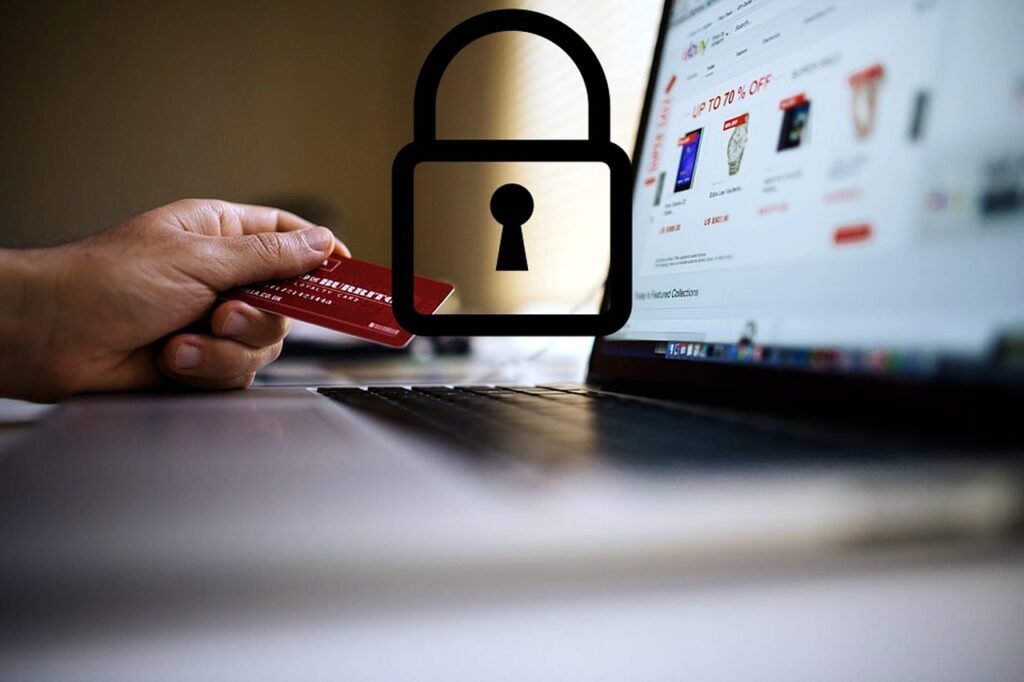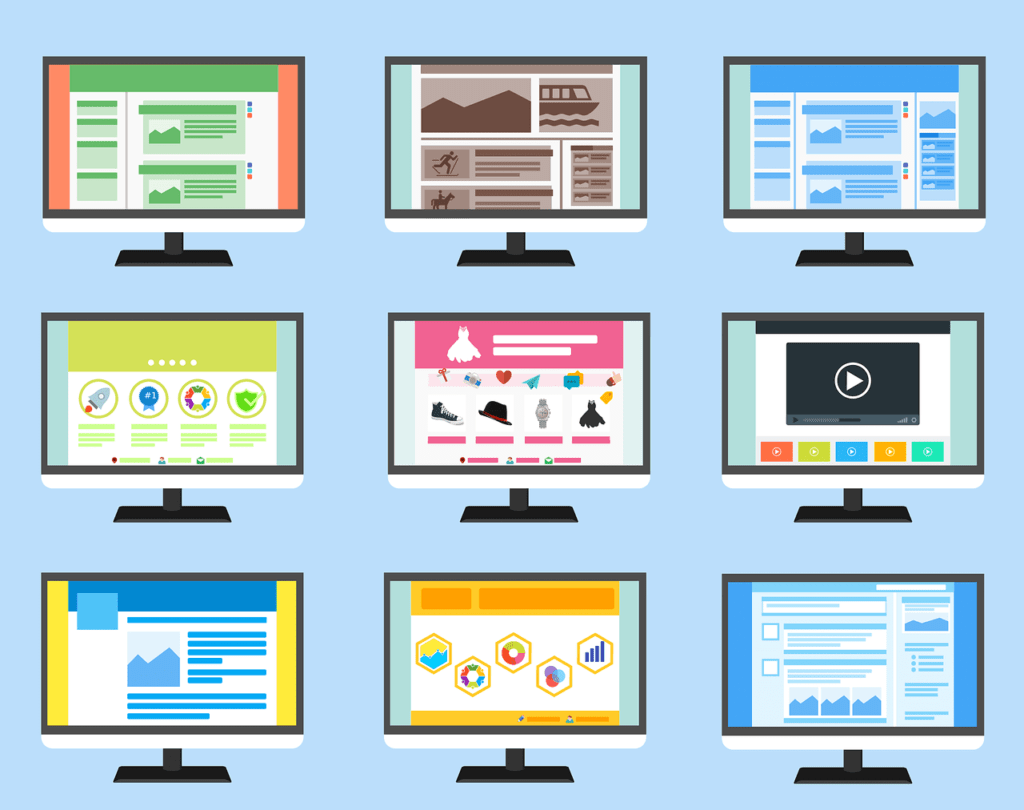In today’s digital-first world, the importance of a trustworthy website cannot be overstated. It’s the cornerstone of your online presence, often serving as the first point of contact between you and your potential customers. Understanding and implementing trust-building website design strategies is crucial for any business aiming to establish credibility and foster confidence among its visitors. This guide delves into various techniques and components you can integrate into your website design to create an environment of trust and reliability.
First Impressions Matter: The Role of Aesthetics in Website Trust
Harnessing the Power of Visual Appeal
Get rock-solid web hosting with Hostinger! Enjoy 70% off, blazing speeds, and the reliability you need. Use our referral link to get your deal!
When a visitor lands on your website, the first thing they notice is the visual appeal. The color schemes, layout, and imagery you choose can significantly impact the perceived trustworthiness of your website. For example, a clean, uncluttered design with a harmonious color palette can convey professionalism and reliability. In contrast, a cluttered or mismatched design can raise doubts about your credibility.
Balancing Professionalism and Creativity
While professionalism in website design instills confidence, adding a touch of creativity can make your site memorable and engaging. This balance is crucial. For instance, you can use unique fonts or interactive elements to give your website personality while keeping the overall look polished and professional. Remember, the goal is to captivate and reassure your audience, not overwhelm them.
Content is King: Crafting Trustworthy Website Content
Authenticity in Your Web Copy
The content on your website speaks volumes about your authenticity. It’s vital to write web content that is genuine, engaging, and free of jargon. This doesn’t just enhance the trust factor; it makes your site more relatable. Use a conversational tone where appropriate and ensure your content reflects your brand’s voice and values.
Educate and Engage
Positioning your site as a reliable information source in your industry can greatly enhance trust. This involves more than just promoting your products or services. Provide valuable, informative content that educates your audience. This could be through blog posts, how-to guides, or industry insights.
Navigability and User Experience: The Silent Communicators of Trust
Simplifying User Journeys
A website that’s easy to navigate is inherently more trustworthy. Design your site’s navigation to be intuitive and straightforward. Users should be able to find what they’re looking for in just a few clicks. A well-organized menu, a clear hierarchy of information, and a prominent search function are key to simplifying user journeys.
Responsive Design: A Must-Have for Trust
With the increasing use of smartphones and tablets, your website must perform flawlessly across all devices. A responsive design adjusts your website’s layout to provide an optimal viewing experience on any device. This not only enhances user experience but also signals to your visitors that you value their convenience and accessibility.
Testimonials and Reviews: Leverage Social Proof
Showcasing Real Customer Experiences
Nothing builds trust quite like testimonials and reviews from real customers. They provide social proof and can significantly influence the decision-making process of potential customers. Displaying these on your website can boost credibility and reassure visitors of the quality of your products or services.
The Art of Displaying Testimonials
How you display testimonials can impact their effectiveness. Instead of burying them on a separate page, integrate them into your homepage or service pages. Use a mix of quotes, ratings, and even video testimonials to add authenticity. Ensure these testimonials are from real people and, if possible, include their names and photos for added credibility.
Security Measures: A Non-Negotiable Aspect

HTTPS: The Trust Indicator
In the age of data breaches and online fraud, website security is paramount. Securing your website with HTTPS (Hypertext Transfer Protocol Secure) is a fundamental step. This encrypts data between the user’s browser and your website, protecting sensitive information. Visitors often look for the padlock symbol in the address bar as a sign of a secure site.
Transparent Privacy Policies
Your privacy policy plays a critical role in building trust. It should clearly outline how you collect, use, and protect user data. Ensure this document is easy to find and understand. Being transparent about your data practices can go a long way in establishing trust with your audience.
Branding Consistency: Building Trust through Recognition
Consistent Branding Across All Platforms
Maintaining a consistent brand image across your website and other digital platforms is crucial. This includes consistent use of your logo, brand colors, and messaging. Consistency in branding helps in building recognition and trust over time.
The Psychology of Branding in Trust Building
Branding is not just about aesthetics; it’s about creating an emotional connection with your audience. Consistent branding across all your touchpoints reinforces your business’s identity and values. When customers recognize and resonate with your brand, it fosters loyalty and trust.
Contact Information: Accessibility Builds Trust

Making Your Business Easily Reachable
Displaying your contact information prominently on your website is essential. It shows that you are open and available to your customers. Include multiple contact methods such as phone, email, and physical address. This transparency significantly enhances trust.
Live Chat and Support Options
Live chat and support features provide immediate assistance to visitors, further building trust. They show that you are ready and willing to assist your customers, providing a sense of security and reliability.
Website Speed and Performance: The Unsung Heroes of Trust
The Impact of Website Speed on Trust
Website loading time is a critical factor in user experience. A slow website can frustrate visitors and lead them to question your site’s reliability. Improving your website’s speed can significantly boost user trust and engagement.
Optimizing for Peak Performance
To optimize your website’s performance, consider the following strategies:
- Compress images and videos without losing quality.
- Use a reliable web hosting service.
- Minimize the use of heavy scripts and plugins.
- Implement caching solutions to speed up load times.
Table: Website Speed Optimization Techniques
| Technique | Description | Impact |
|---|---|---|
| Image Compression | Reducing file sizes of images without sacrificing quality. | Enhances page load speed. |
| Reliable Hosting | Choosing a web host with good uptime and fast servers. | Improves overall site performance. |
| Script Minimization | Reducing the use of heavy JavaScript and CSS files. | Decreases load times. |
| Caching | Storing parts of the website on the user’s device to load faster on subsequent visits. | Provides quicker access to content. |
Inclusive Design: Building Trust with a Diverse Audience

Designing for Accessibility
An accessible website is not just a legal requirement in many cases; it’s a moral imperative. Designing your website to be accessible to people with disabilities is crucial. This includes features like screen reader compatibility, keyboard navigation, and alt text for images. By making your website accessible to everyone, you’re showing that you value all your visitors, which builds trust.
Cultural Sensitivity in Design
In our globalized world, it’s important to consider cultural sensitivity in your website design. This can include using inclusive language, considering color symbolism in different cultures, and providing content in multiple languages. Being culturally sensitive shows respect for your diverse audience and contributes to building trust.
The Role of Multimedia in Trust Building

Using Images and Videos Effectively
The use of high-quality images and videos can significantly enhance the trustworthiness of your website. They provide a visual representation of your products or services and can convey professionalism. However, ensure that these multimedia elements are optimized for fast loading.
Interactive Elements: Engaging Users Creatively
Interactive elements like quizzes, polls, or interactive infographics can make your website more engaging. They encourage users to interact with your content, which can build a sense of involvement and trust.
Blogs and Articles: Educating Your Audience
Establishing Authority through Content
Regularly updated blogs and articles can establish your authority in your industry. They show that you are knowledgeable and stay updated with industry trends, which builds trust with your audience.
Engaging Storytelling in Blogs
Using storytelling techniques in your blog posts can make your content more engaging and relatable. Share stories about your brand, customer experiences, or industry insights. Storytelling can create an emotional connection with your audience, leading to increased trust.
Calls to Action: Guiding Users to Trust
Effective Call to Action Placement
Strategically placing calls to action (CTAs) in your website design can guide user behavior and lead to increased conversions. CTAs should be clear, compelling, and relevant to the content they accompany.
Designing Trustworthy Calls to Action
Design CTAs that are trustworthy and not overly aggressive. Use language that encourages users to take the next step, whether it’s signing up for a newsletter, downloading a guide, or making a purchase. Ensure your CTAs are visually distinct and placed in locations where users are most likely to engage with them.
Analytics and Feedback: Continuous Improvement
Using Analytics to Build Trust
Utilizing analytics tools to understand user behavior can help you make informed decisions about improving your website. Analyzing data such as bounce rate, time on site, and conversion rates can provide insights into how users interact with your site, allowing you to optimize for a better user experience.
Acting on User Feedback
Actively seeking and acting on user feedback is crucial for continuous improvement. It shows that you value your users’ opinions and are committed to providing them with the best experience. This openness to feedback can significantly enhance trust.
Conclusion: The Journey to Building a Trustworthy Website
In conclusion, trust is not just a nice-to-have feature in website design; it’s a critical component that can significantly impact your online success. In the vast ocean of the internet, where options are endless, and competition is fierce, a trustworthy website can be your beacon, guiding visitors to your shore and converting them into loyal customers. By implementing the trust-building strategies discussed in this guide, you can create a website that not only looks great but also resonates with credibility and reliability.
Remember, building trust through your website is a journey, not a destination. It requires ongoing effort, regular updates, and a keen ear to the ground to stay abreast of evolving user expectations and technological advancements. With each element, from aesthetically pleasing design to robust security measures, you’re not just constructing a website; you’re crafting an experience that speaks volumes about your brand’s integrity and commitment to its audience.
FAQs
- Why is trust important in web design? Trust is essential in web design because it influences user engagement, conversion rates, and customer loyalty.
- How can I make my website more trustworthy? You can enhance trust by ensuring a professional design, consistent branding, ease of use, high-quality content, and robust security measures.
- What role does user feedback play in building a trustworthy website? User feedback helps identify areas for improvement and ensures your website meets user needs, thereby enhancing trust.
- Why is consistency in branding important for trust? Brand consistency reassures visitors that your business is stable and reliable, which can enhance trust.
- What is the impact of security measures on website trust? In the age of privacy concerns and data breaches, robust security measures are essential for building trust with website visitors.









